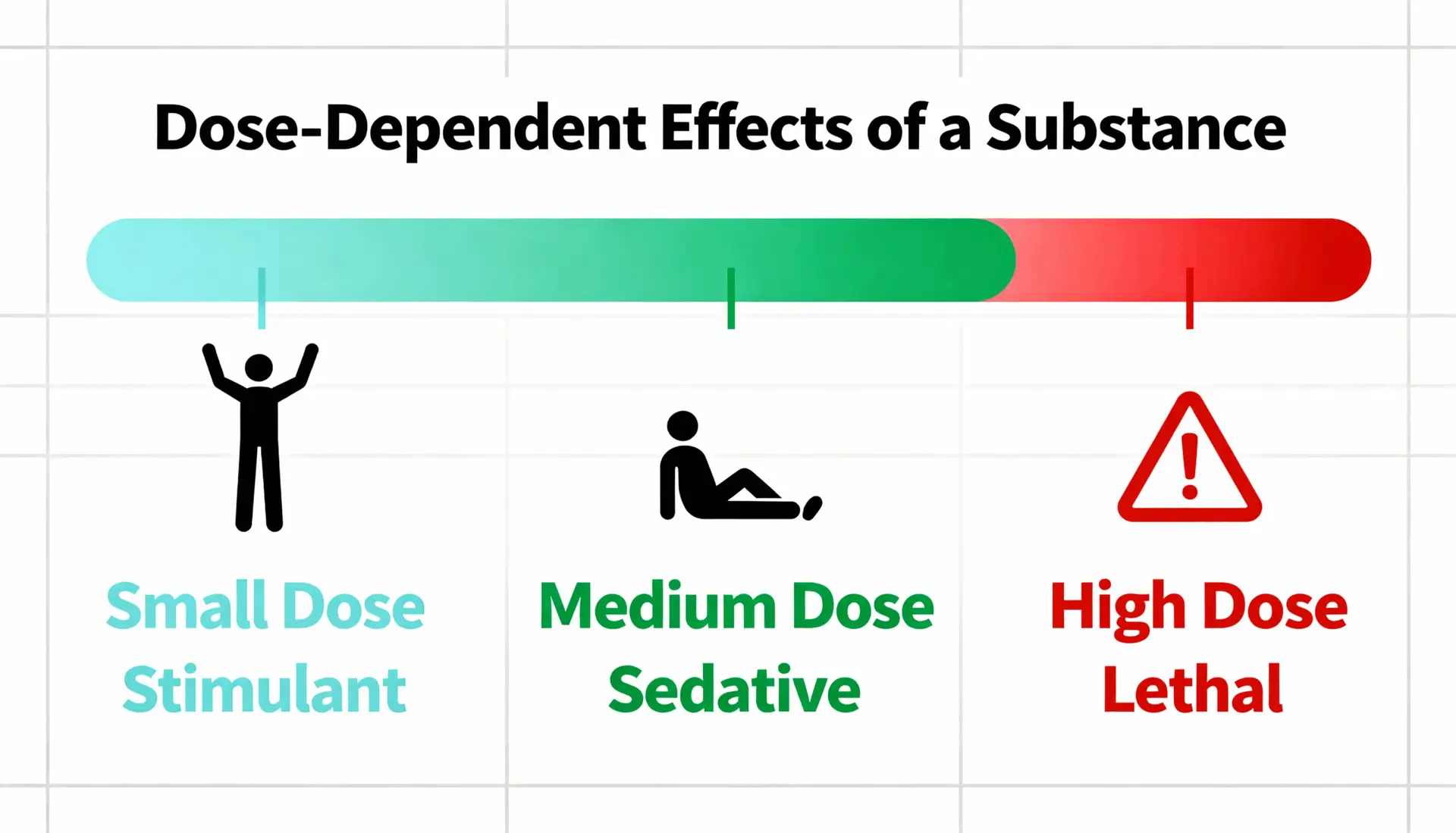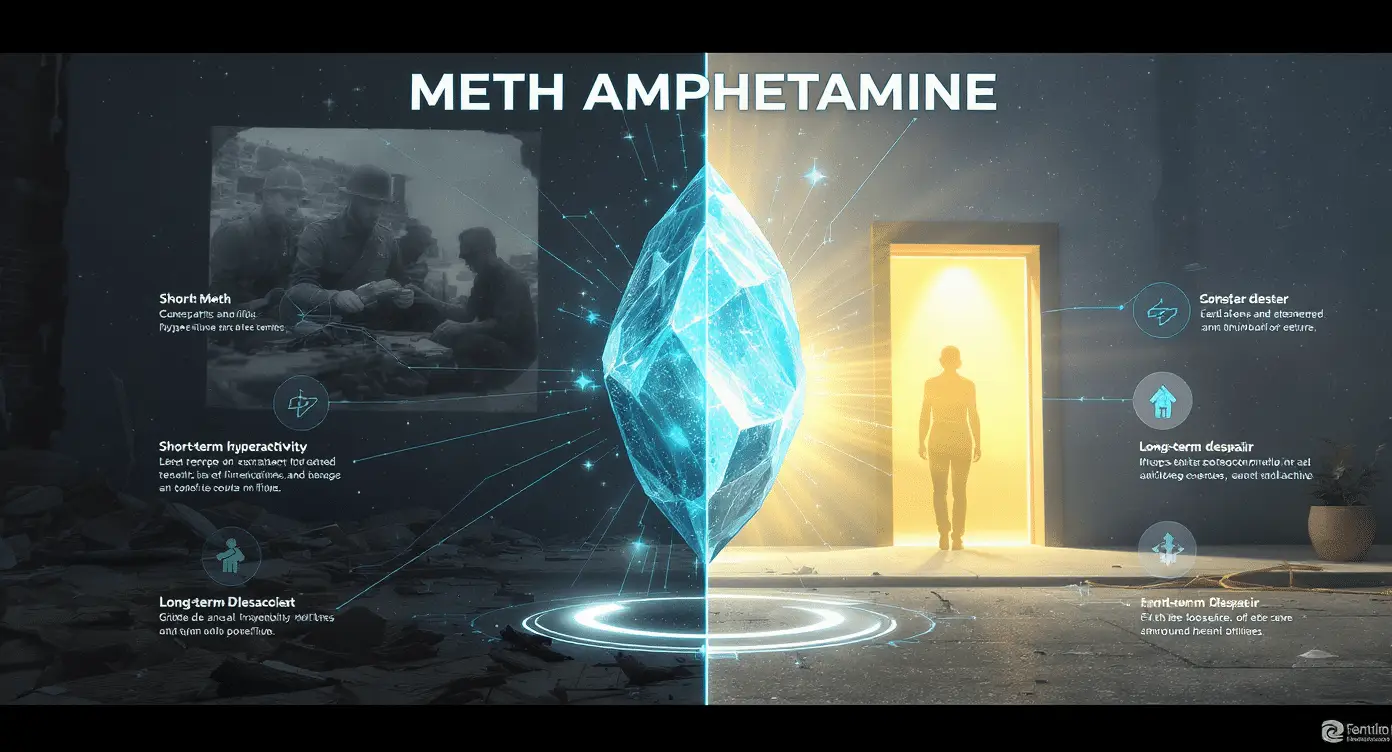At first, meth seems to offer energy, focus, and control. But over time, those effects turn toxic. The long-term effects of meth use damage the brain, body, and relationships—often beyond repair.
Brain damage caused by long-term meth use
Meth doesn’t just alter your mood. It rewires how your brain handles reward, emotion, and memory.
Over time, natural pleasure becomes impossible. The user feels empty without the drug.
Eventually, meth reduces dopamine production. As a result, motivation disappears. It also damages areas linked to decision-making and impulse control. That’s why many users stay stuck in destructive patterns for years—even if they want to stop.
According to EUDA, long-term meth use is linked to permanent cognitive impairments, especially in memory and emotion regulation.
Physical health effects of meth over time
One of the most devastating long-term effects of meth use is the wear on the body.
The heart, liver, and kidneys suffer constant stress. Meth raises blood pressure and causes blood vessels to shrink. This increases the risk of stroke and heart failure—even in people under 30.
Teeth rot. Skin breaks down. Muscles waste. The body ages quickly. In many cases, the physical decline is so visible that it becomes impossible to hide the addiction.
Over time, infections, weight loss, and sleep deprivation compound the damage. Even after stopping the drug, recovery can take years.
Mental health and emotional consequences
Psychosis, paranoia, and violent outbursts are common after long-term meth use.
Users often hear voices, become suspicious of everyone, or feel constantly threatened. These symptoms can continue even after the drug is gone.
Many former users report anxiety, depression, and suicidal thoughts years into recovery. This shows how deeply meth alters emotional balance. In extreme cases, permanent brain damage prevents full recovery.
Therefore, professional intervention becomes essential—not just for detox, but to restore mental stability and trust.
Meth use and social deterioration
Beyond health, the long-term effects of meth use destroy lives.
People lose jobs, friends, and family. They withdraw from society. Trust breaks. Legal problems follow.
It’s not just addiction—it’s disconnection. Many meth users feel completely alone, even when surrounded by others.
Understanding what meth looks like, how it affects behavior, and the forms it takes is essential to preventing escalation.
That’s why resources like Narconon’s crystal meth education page are key to recognizing early warning signs before the damage becomes permanent.
FAQ: long-term effects of meth use
What happens to the brain after years of meth use?
Meth damages areas of the brain responsible for memory, judgment, and emotions. Some users experience permanent changes, including paranoia and memory loss.
Can your body recover after long-term meth use?
In part. With time, rest, and proper nutrition, some physical damage can heal. However, issues like heart strain, dental loss, or kidney damage may be lasting.
Is mental recovery from meth addiction possible?
Yes, but it often takes months or years. Therapy, support, and stability are essential. In some cases, full emotional balance may never return.
How can families help someone with long-term meth damage?
Understanding, structure, and long-term rehabilitation are key. Programs focused on life skills and detox—not just medication—offer better chances of success.



